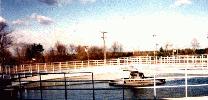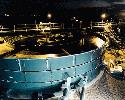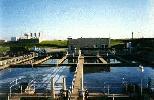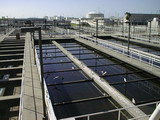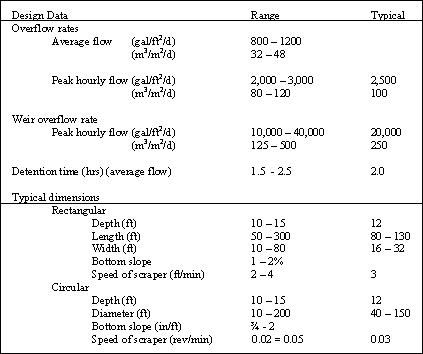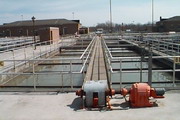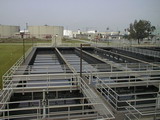
| Type | Description | Examples |
| Discrete (Type - I) |
Individual settling, low solids concentration | Grit, sand |
| Flocculant (Type - II) |
Dilute suspension, particles flocculate, mass and settling rate increase with depth | Primary and upper secondary settlers |
| Hindered (Type - III) |
Intermediate concentration, mass settles as a unit, interface at top | Secondary clarifiers |
| Compression (Type - IV) |
High concentration, structure formed, compression causes settling | Sludge |


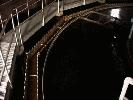
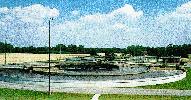
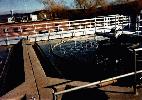







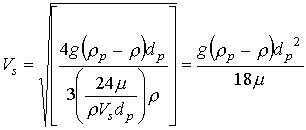

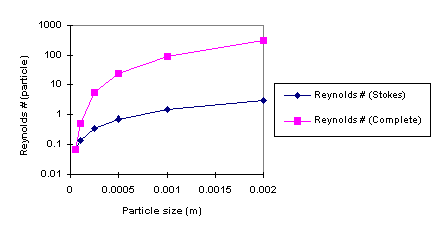
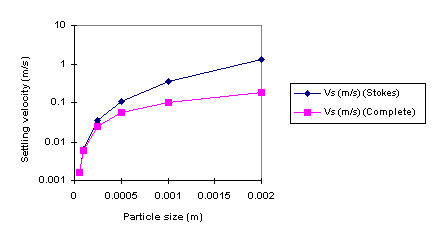
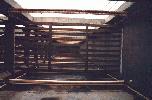
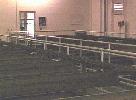
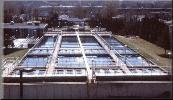
 "Longidutal Section of a Circular Sedimentation Tank"...
"Longidutal Section of a Circular Sedimentation Tank"...

